By now most fly anglers in the US have heard of Euro-nymphing and likely even tried it. It’s not just a fad, it's a relatively new way to fish and it’s here to stay because, well, it just works. Will it ever replace indicator fishing or dry fly fishing?, no way. But it’s another tool in your bag and one that is just getting used more and more.
What is it? Euro-nymphing is a short to medium range nymphing technique that provides a better dead drift nymph presentation in certain water types than with the standard indicator/floating line techniques commonly used in the west. It also provides the angler a more direct connection to the fly and what’s happening below the water surface because the slack line is greatly reduced when euro-nymphing.
It’s a simple concept-right? Then why do so many old school angler have a hard time with it? What you’re going to read next is a very basic overview of differences between euro -nymphing and traditional fly fishing. Each component below can be an entire lengthy article in itself, but you’ll see right away why some anglers struggle with euro-nymphing after decades of fishing in a traditional style- Old habits and muscle memory don’t switch that easily. But I can tell you with complete certainty that those old school anglers who have made the switch are the deadliest ones on the water because now they have all that fish, bug and water knowledge with a more effective way to apply it.
Let's talk about the the gear needed to optimize the mechanics of the euro-nymphing technique.
Fly line- The fly line used in euro-nymphing is very light and thin. It’s not tapered or front weighted like a traditional fly line because it’s purpose is not to transport the fly to its target during a cast. Instead, the euro-nymph fly line is light so it can be suspended above the water surface when dead drifting. It’s PVC or rubber coated like a traditional fly line to have a better tactile feel when working the line with your line hand.
Weighted flies- Because the euro-nymph fly line is so light weighted flies must be used to load the rod in order to cast. The weight also helps the fly sink faster and get into the strike zone quickly. Lead split shot can be used when fishing small light flies, but lead is not legal in Europe and split shot is not permitted in international competition.
Leader Line- Euro-nymph leaders are much longer than western leaders. My typical leader is 18 to 22 ft. A bit more than half of the leader is a nylon butt section that is fished out of the water- suspended above the water along any the fly line. The nylon leader is lighter than the fly line so it can be better suspended. Some or all of the leader butt section is brightly colored to better see strikes and line approach angle.
Tippet Line- The only part of the leader that is actually in the water is the tippet line. For this reason it can be pretty long- it depends on the depth of the water. The tippet for euro-nymphing is usually thin clear fluorocarbon because it’s more invisible to fish, abrasion resistant, and cuts through water better than a larger diameter nylon material.
Rods- Euro-nymph rods are longer for better reach. A common euro-nymph rod is 10’6.” The longer rod allows angler to hold a longer drift while keeping the line off the water. They also have a softer tip, which aids in casting the weighted flies/light line combination. The softer tip section also allows more bend in the rod for better shop absorption when a fish is on, while the stiffer butt section of euro-nymph rods apply more pressure on a big fish when needed.
Reels- Euro-nymphing is more effective than traditional fly fishing in smaller technical rivers and streams. The fish are generally smaller so a drag system is not needed. For this reason, the reel is less important in euro-nymphing than with traditional fly fishing in big rivers, lakes and the salt water when targeting large aggressive fish.
Casting Techniques- Euro-nymphing requires different casting techniques. The first thing to realize is that you are using the weight of the fly to load the rod rather than the line. All slack must be removed from the line before the back cast and the forward cast has begun. There is no roll cast in euro-nymphing. Casting a euro-nymph rig is more akin to tether ball rather than a bull whip. The energy source to load the rod comes from the opposite end of the line.
Dead Drifting techniques- The magic of euro-nymphing appears with the dead drift. After casting to the target, the long high rod and light leader enable the angler a more vertical line angle which allows the flies to more quickly sink into the strike zone. Once in the strike zone the angle tracks the flies dead drift while making slight adjustment with his arm and rod height, never needing to mend a floating line. A direct connection, ready for a strike.
It's easy to see why euro-nymphing has gained such popularity in the last 5 to 10 years- It catches more fish. So why were Americans so late to adopt this technique? I think there are a few reasons. First, people here didn't pay attention to international team fly fishing competitions. Fishing here is an individual activity and the one with the biggest fish wins, rather than the team with the most fish. Also, in the US we tend to go big, in fly fishing this means longer "showy" casts. Fly line manufacturers in the US focused their product development on casting dry flies and they left nymphing duties to the bobber rig. Sorry, "strike indicator." Finally, short distance nymphing just wasn't the romantic fly fishing image that comes to mind when reading Hemingway, or Hollywood's movie portrayal of fly fishing, "A River Runs Through It."
But times have changed, mostly due to the internet. New anglers aren't the hopeless romantics who like the idea of fly fishing more than catching fish. Nore is fly fishing for the older or the athletically challenged. Anglers today are younger, more fit and only a few keystrokes away from vast amounts of information on how to catch fish. They come to the river with more tools and tricks. They want the challenge of the hunt. They want to catch fish, and they are. It's like the internet took away all the fluff and stereo types of fly fishing and replaced it with endless amounts of "How To." And thanks to the internet and social media, fly fishing has become "cool" and everyone wants to do it. Good or bad, it's just how it is.
Be good to your waters, be kind to the fish, and never forget how lucky you are to be fly fishing!
-Jeff

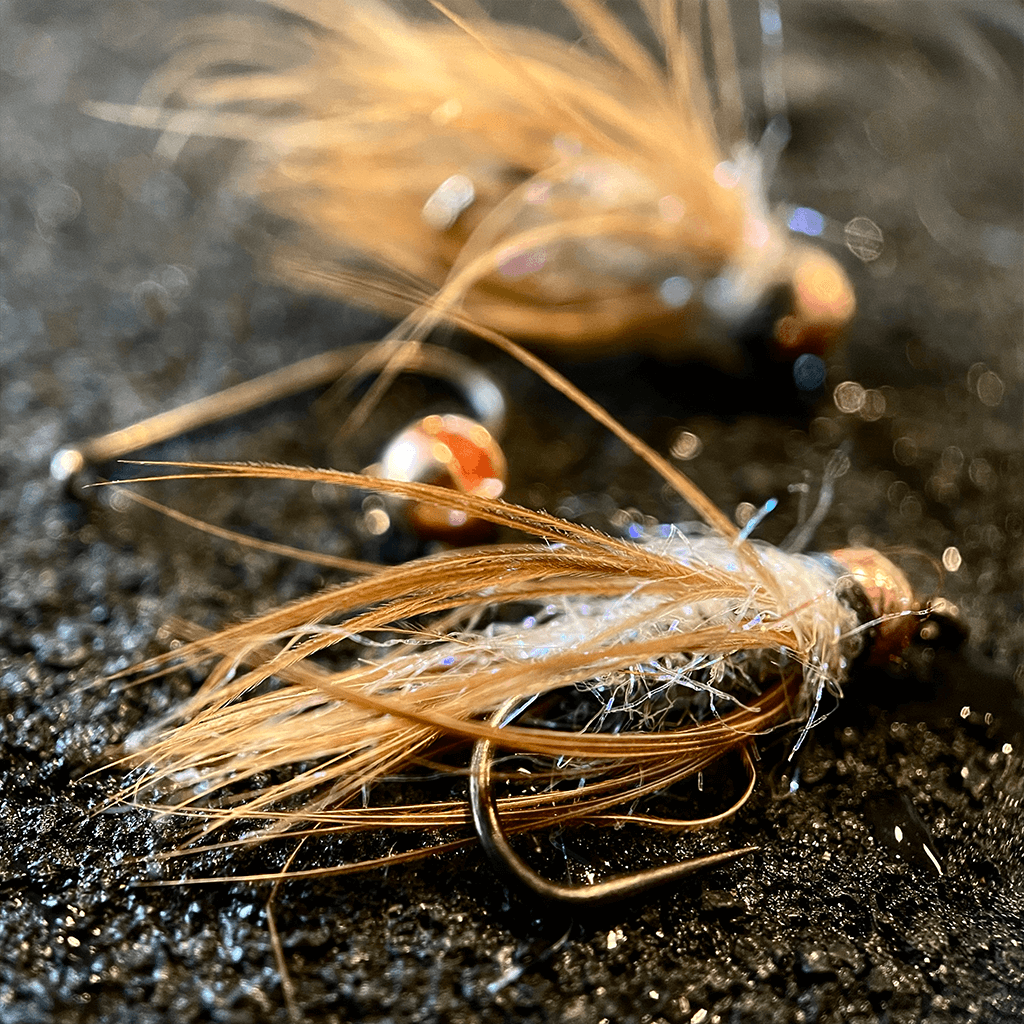
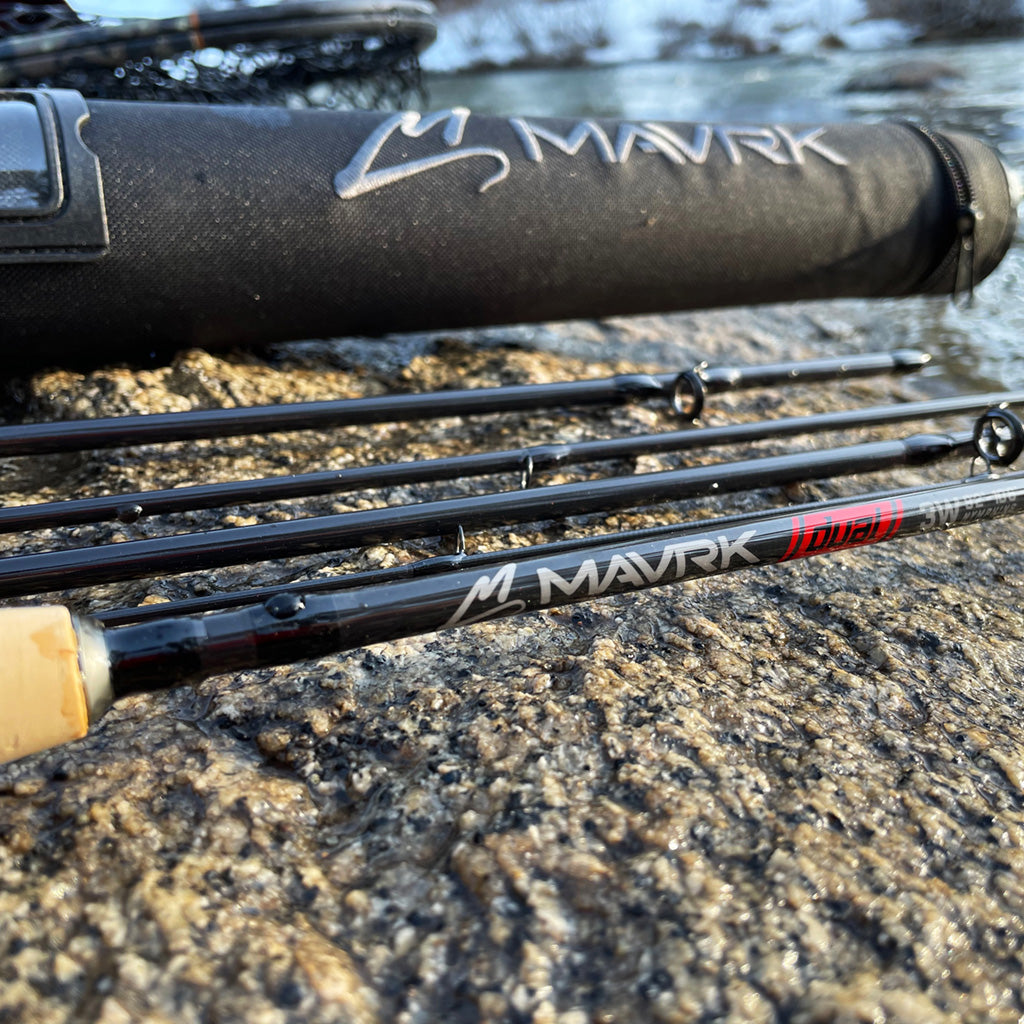
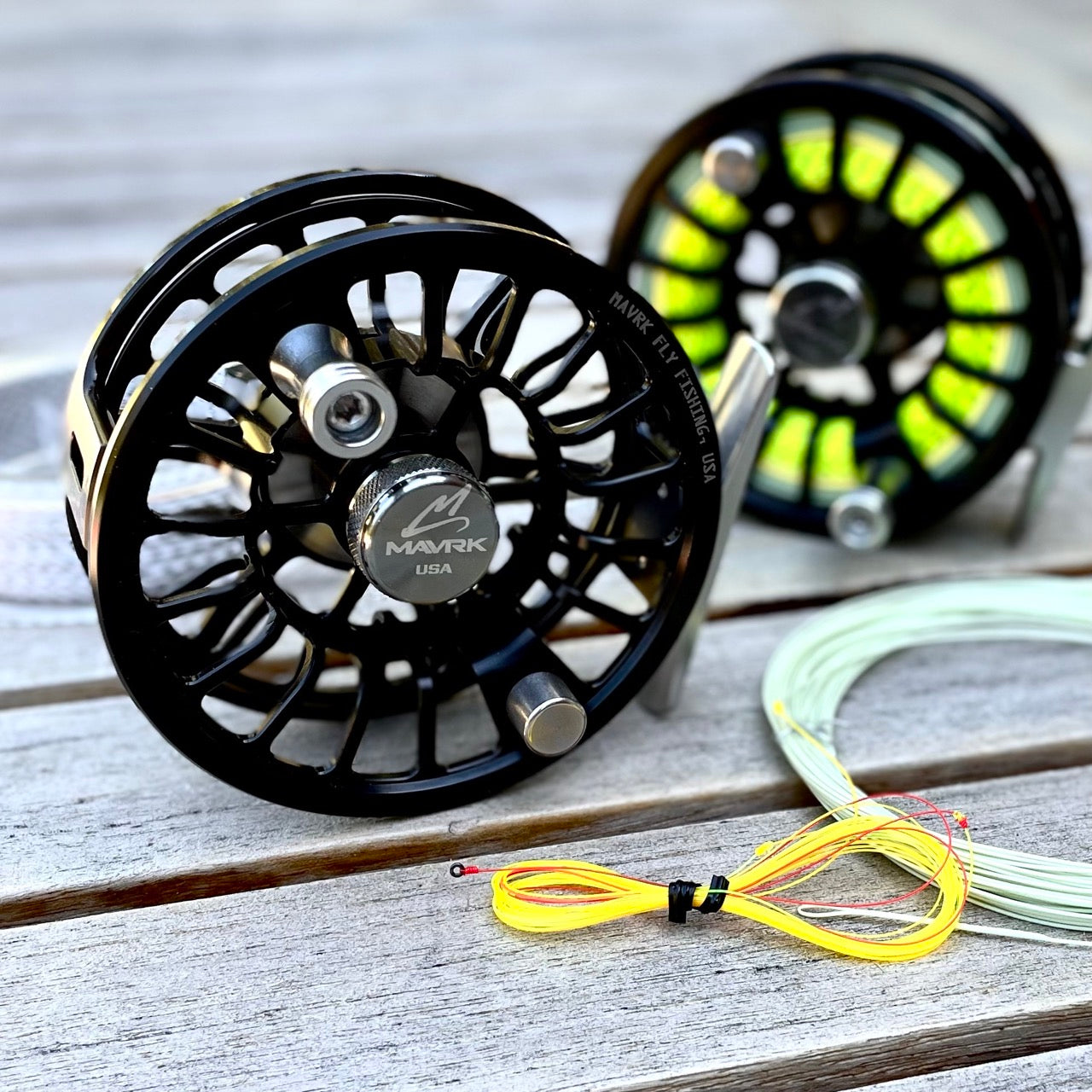
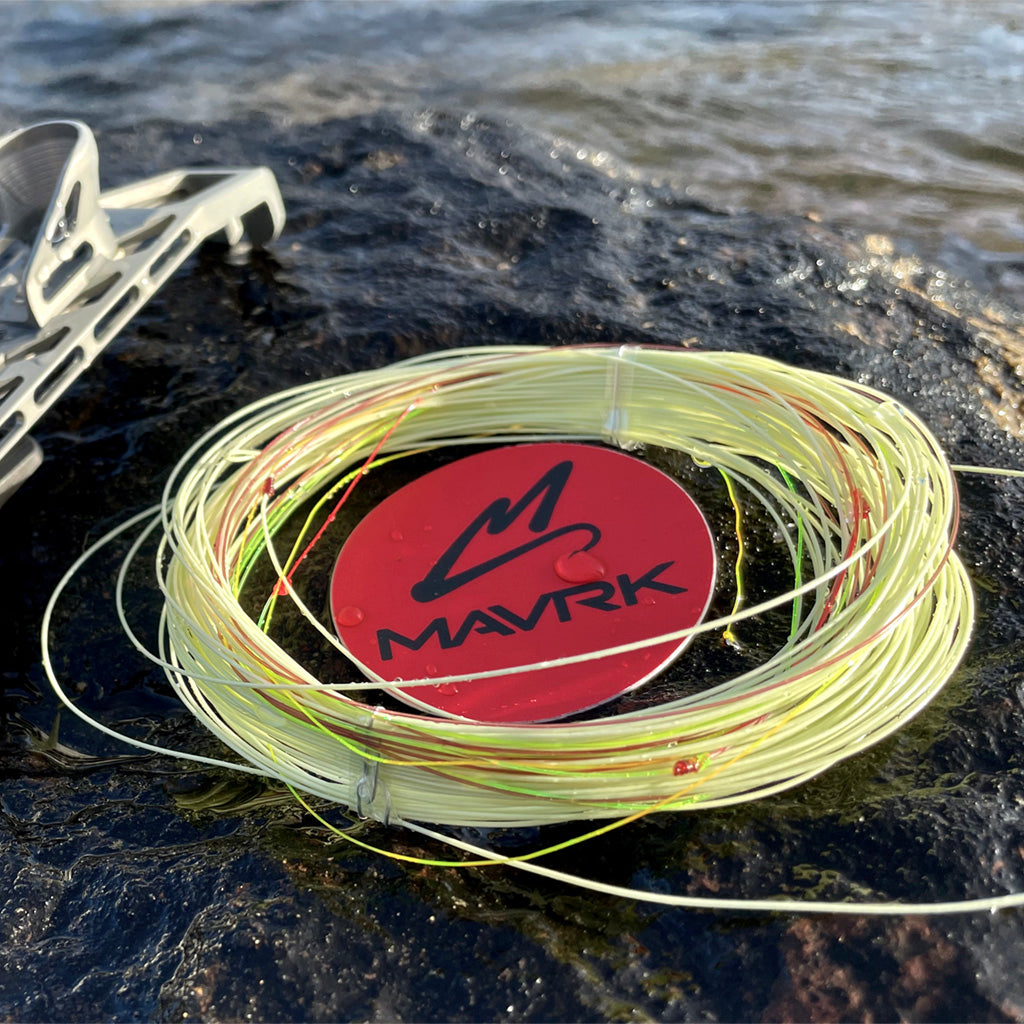
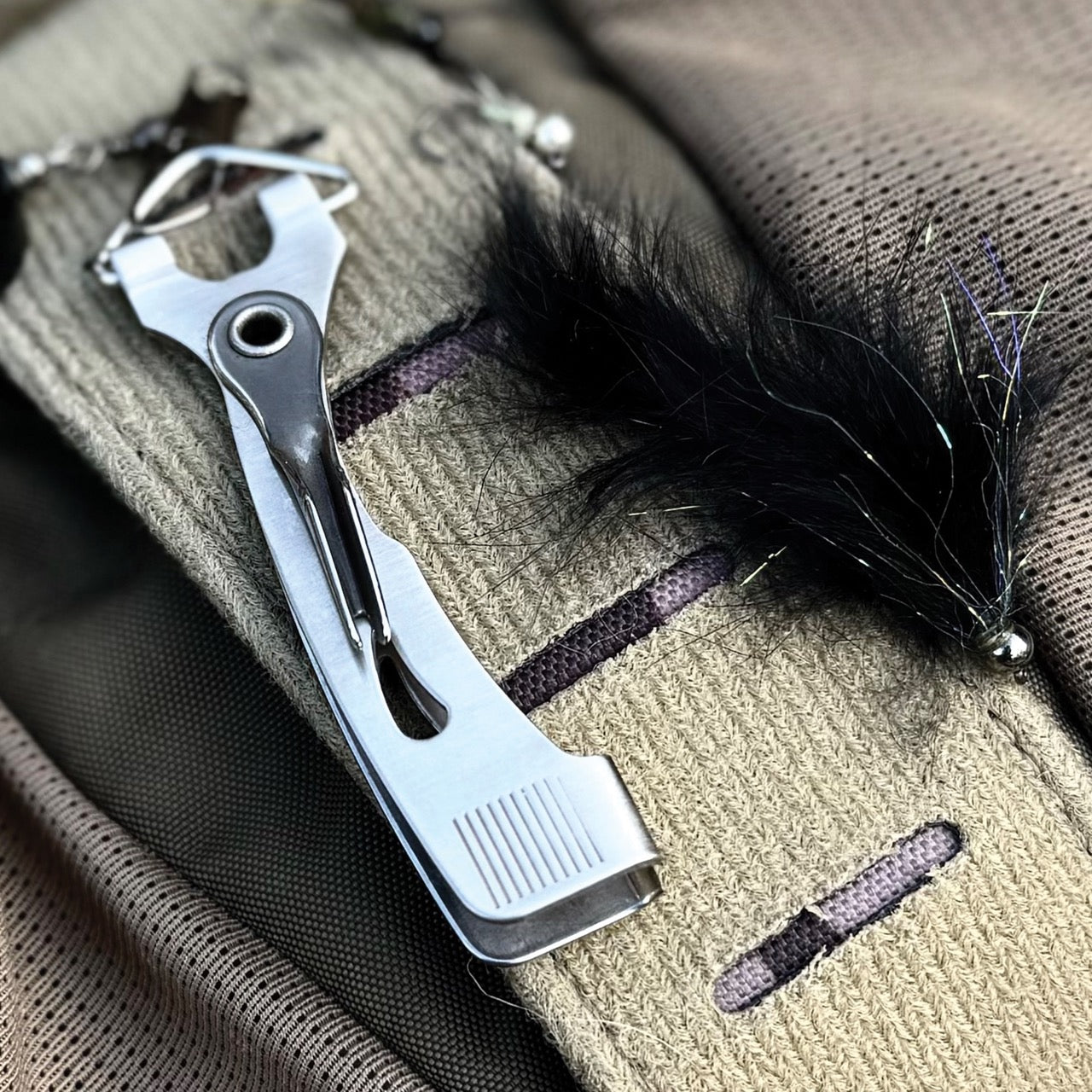
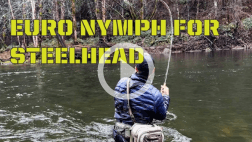
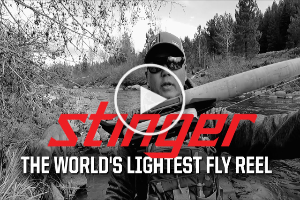
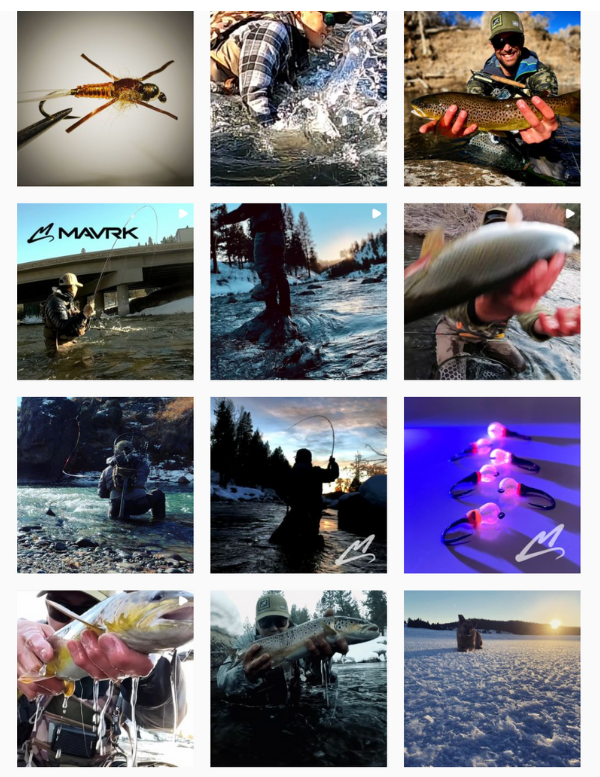
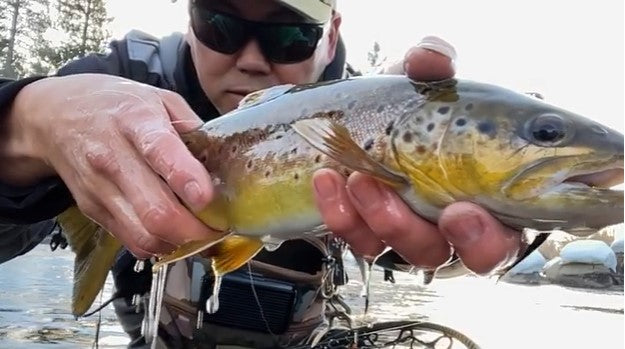
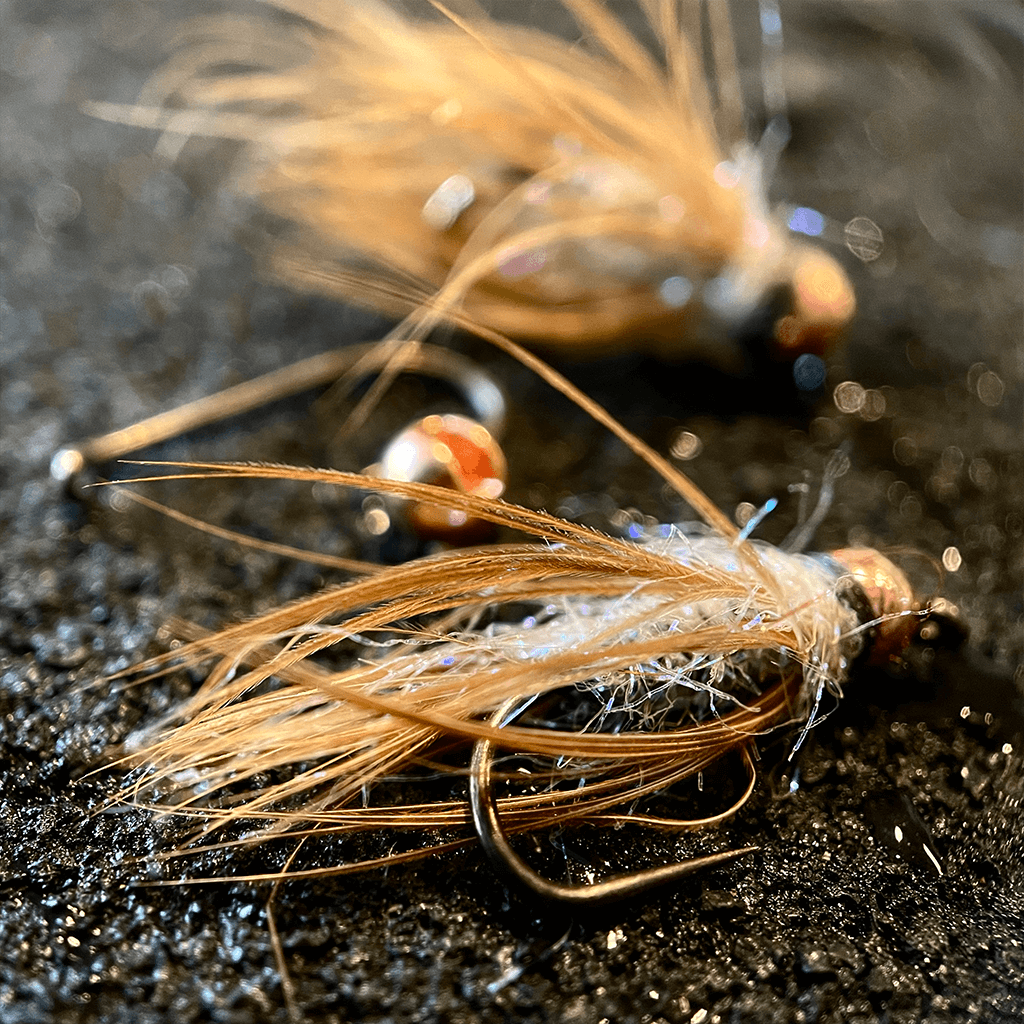


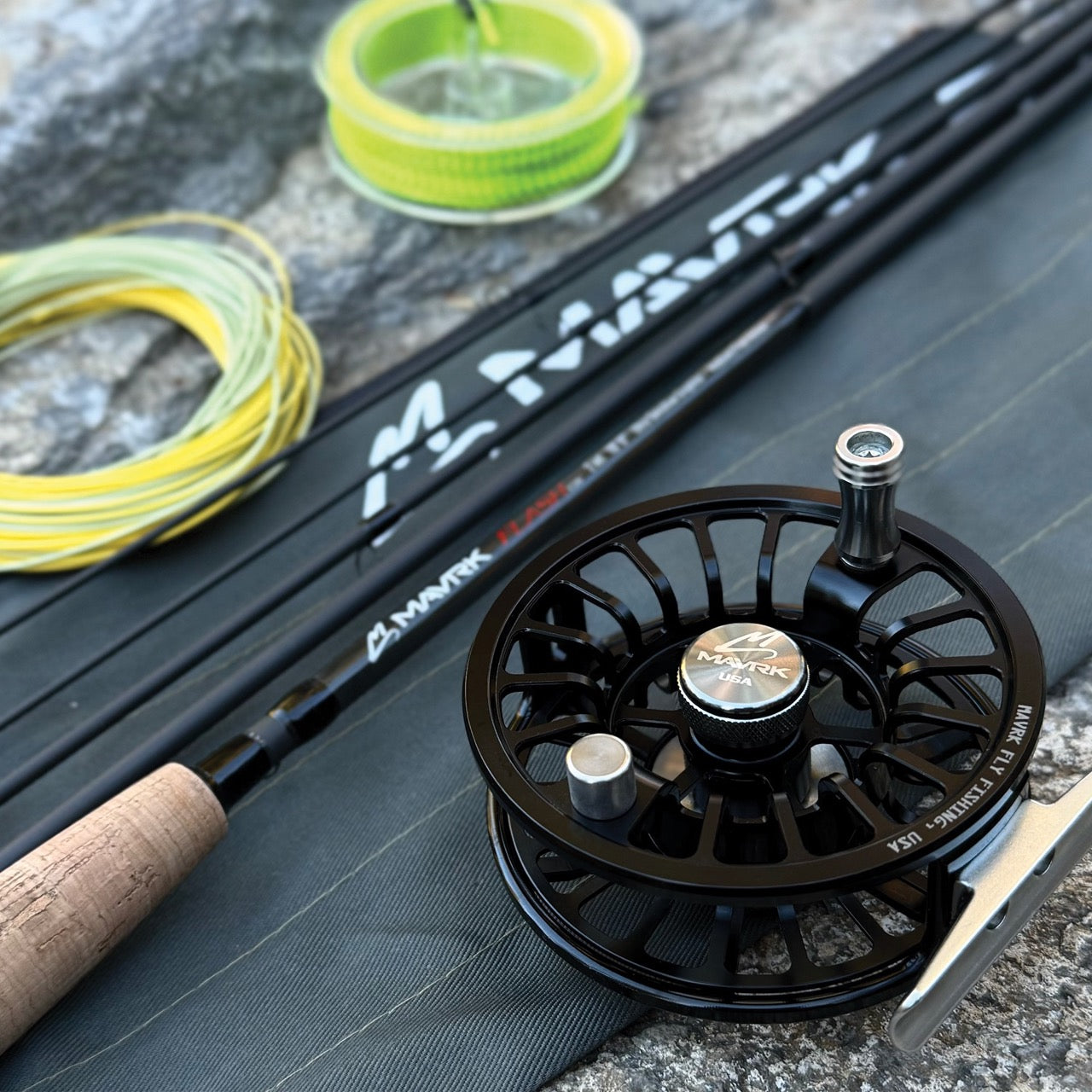
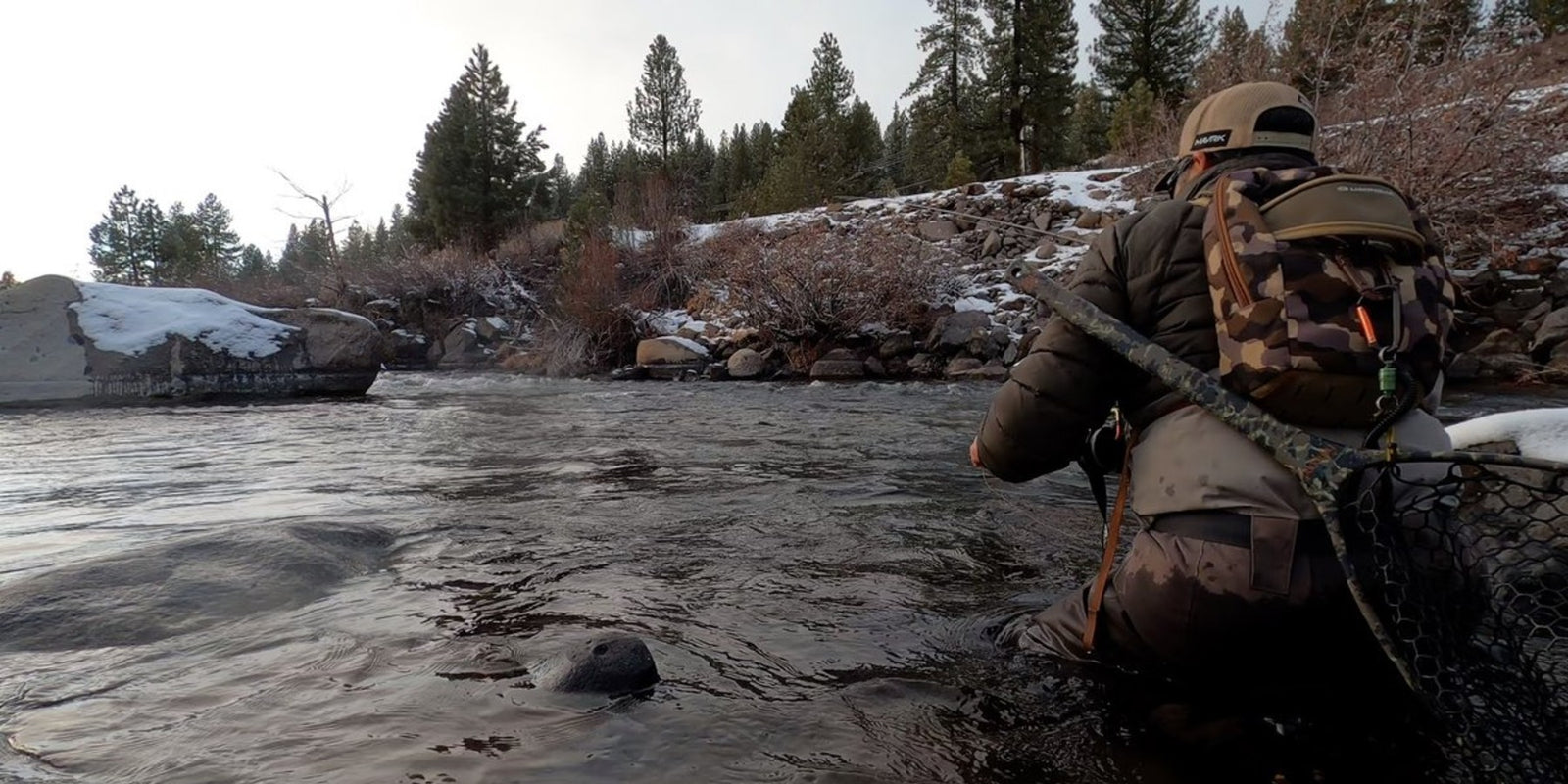

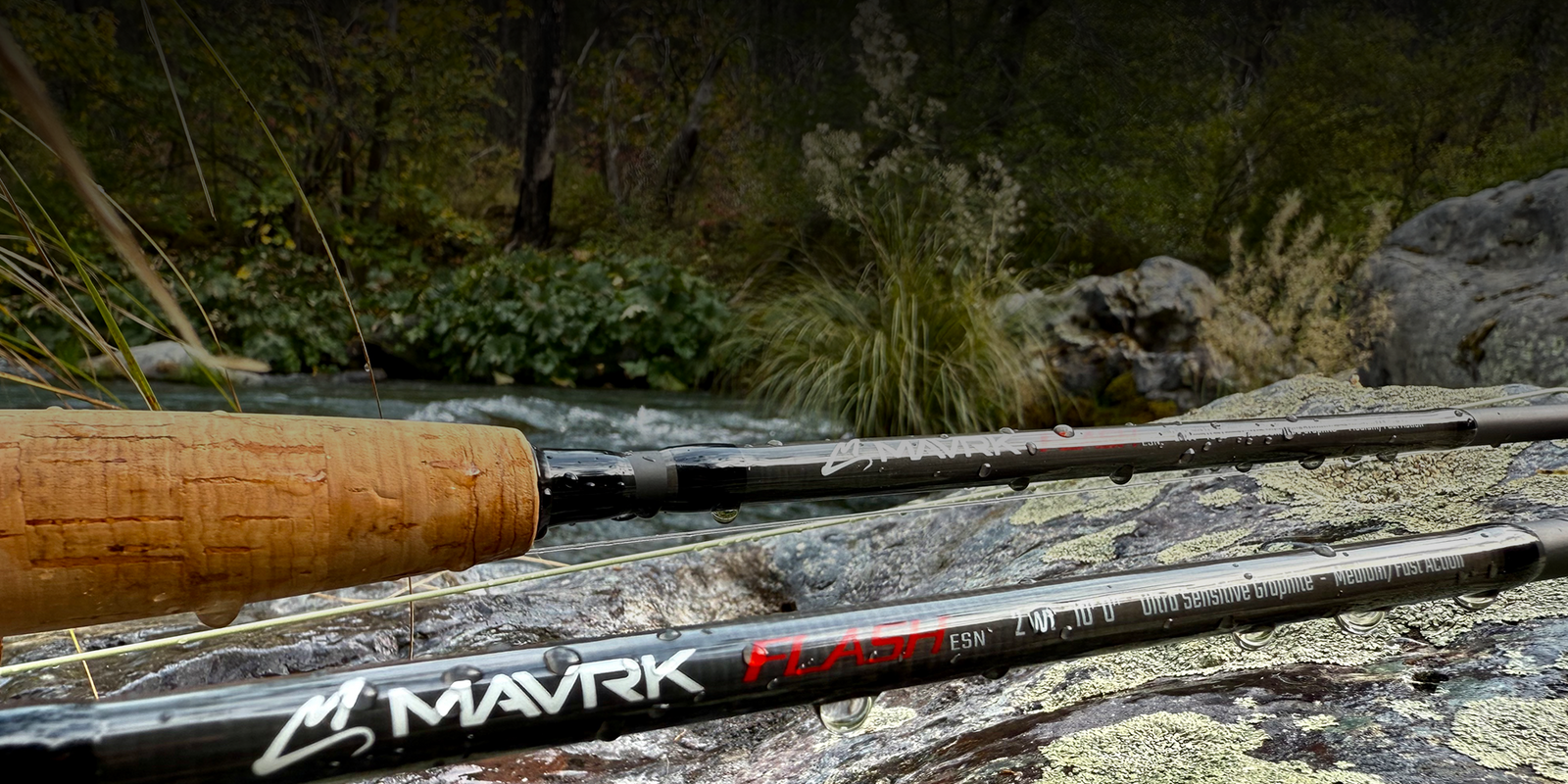

Leave a comment (all fields required)